-
 bitcoin
bitcoin $112195.049338 USD
2.42% -
 ethereum
ethereum $4124.915858 USD
2.81% -
 tether
tether $1.000570 USD
0.02% -
 xrp
xrp $2.861568 USD
2.25% -
 bnb
bnb $1000.346670 USD
3.04% -
 solana
solana $209.070819 USD
3.38% -
 usd-coin
usd-coin $0.999870 USD
0.02% -
 dogecoin
dogecoin $0.235379 USD
2.65% -
 tron
tron $0.335681 USD
-0.20% -
 cardano
cardano $0.803501 USD
3.38% -
 hyperliquid
hyperliquid $47.120881 USD
3.56% -
 chainlink
chainlink $21.501300 USD
3.44% -
 ethena-usde
ethena-usde $1.000571 USD
0.02% -
 avalanche
avalanche $29.793378 USD
3.62% -
 stellar
stellar $0.366964 USD
2.42%
The trading process of the usdt contract
USDT contract trading offers a multifaceted avenue for traders to exploit market dynamics, with linear and inverse contracts, leverage options, and a perpetual design providing flexibility and potential for both profits and losses.
Nov 07, 2024 at 02:42 am
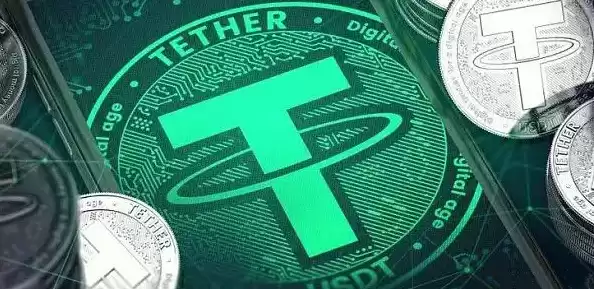
USDT contracts have become increasingly popular in the cryptocurrency space, offering traders the opportunity to speculate on the price of the US dollar without having to actually hold it. This guide will provide a comprehensive overview of USDT contract trading, covering everything from the basics to advanced strategies.
Understanding the Basics of USDT Contracts- What are USDT Contracts?USDT contracts are financial instruments that allow traders to speculate on the price of the US dollar against another cryptocurrency, such as Bitcoin (BTC) or Ethereum (ETH).
- How do USDT Contracts Work?USDT contracts are perpetual, meaning they have no set expiry date. When a trader enters a USDT contract, they essentially agree to buy or sell a specific amount of USDT at a predetermined price (the strike price) against another cryptocurrency. The profit or loss is determined by the difference between the strike price and the market price ofUSDT at the time the contract is closed.
Types of USDT Contracts:There are two main types of USDT contracts:
- Linear Contracts: Linear contracts are the most straightforward type of USDT contract and are settled in USDT. The profit/loss is calculated based on the difference between the strike price and the market price of USDT at the time the contract is closed.
- Inverse Contracts: Inverse contracts are settled in the underlying cryptocurrency, such as BTC or ETH. The profit/loss is calculated based on the difference between the strike price and the inverse price of USDT (1/USDT) at the time the contract is closed.
- Leverage in USDT Contracts:USDT contracts offer leverage, allowing traders to amplify their potential profits (and losses). Leverage is expressed as a ratio, such as 10x or 20x. Using 10x leverage means that for every $1 invested, the trader can control $10 worth of USDT. While leverage can increase potential profits, it also amplifies potential losses.
- Step 1: Choose a Reliable Trading Platform:Select a reputable cryptocurrency exchange that offers USDT contract trading. Research the exchange's fees, trading volume, security, and customer support.
- Step 2: Fund Your Trading Account:Deposit funds into your trading account using USDT or any other supported cryptocurrency.
- Step 3: Choose a USDT Contract Type:Determine whether you prefer to trade linear or inverse contracts based on your risk tolerance and trading strategy.
- Step 4: Place Your Trade:Specify the contract size, strike price, and leverage you desire. Enter your order as either a buy or a sell order, depending on your market outlook.
- Step 5: Monitor and Manage Your Position:Monitor the market price of USDT and adjust your position accordingly. Set stop-loss orders to limit potential losses and take-profit orders to secure gains.
- Step 6: Close Your Trade:When the time is right, close your position by placing an opposite order. For example, if you entered a long (buy) order, close it with a short (sell)
Disclaimer:info@kdj.com
The information provided is not trading advice. kdj.com does not assume any responsibility for any investments made based on the information provided in this article. Cryptocurrencies are highly volatile and it is highly recommended that you invest with caution after thorough research!
If you believe that the content used on this website infringes your copyright, please contact us immediately (info@kdj.com) and we will delete it promptly.
- Citi's Token Services: Clearing the Path for 24/7 Global Payments
- 2025-09-30 04:45:16
- ADA, Mutuum Finance, and Cardano Pattern: Navigating Crypto Opportunities Like a New Yorker
- 2025-09-30 04:45:16
- Bitcoin, XRP, and 250x Gains: Is MAGACOIN FINANCE the Next Big Thing?
- 2025-09-30 04:50:01
- Heada, Shiba inu, and Blockddddddded Faucet: A Crypto Trifecta
- 2025-09-30 05:05:11
- Citi's Token Services and 24/7 USD Clearing: A New Era for Global Payments
- 2025-09-30 04:50:01
- Uniswap (UNI) Price Check: Navigating Channel Targets and Market Sentiment
- 2025-09-30 05:05:11
Related knowledge
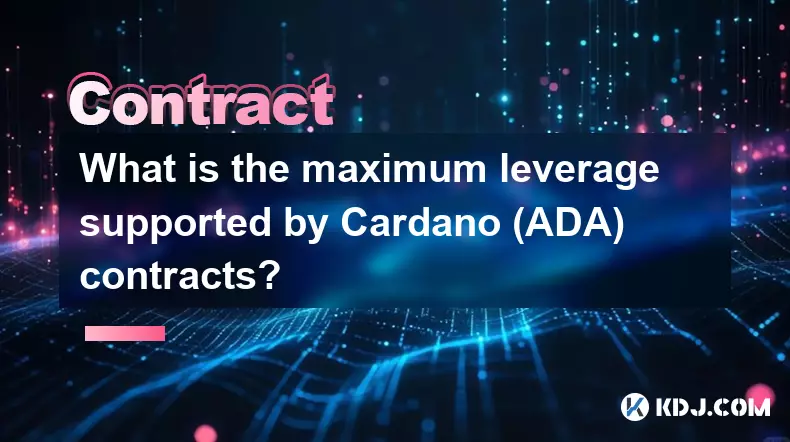
What is the maximum leverage supported by Cardano (ADA) contracts?
Sep 30,2025 at 03:37am
Understanding Leverage in ADA Derivatives Trading1. Leverage in cryptocurrency futures and perpetual contracts allows traders to control larger positi...

How do I use the scheduled order feature in Cardano (ADA) contracts?
Sep 28,2025 at 10:18pm
Understanding Scheduled Orders in Cardano Smart ContractsCardano operates on a proof-of-stakes consensus mechanism and uses the Plutus scripting langu...
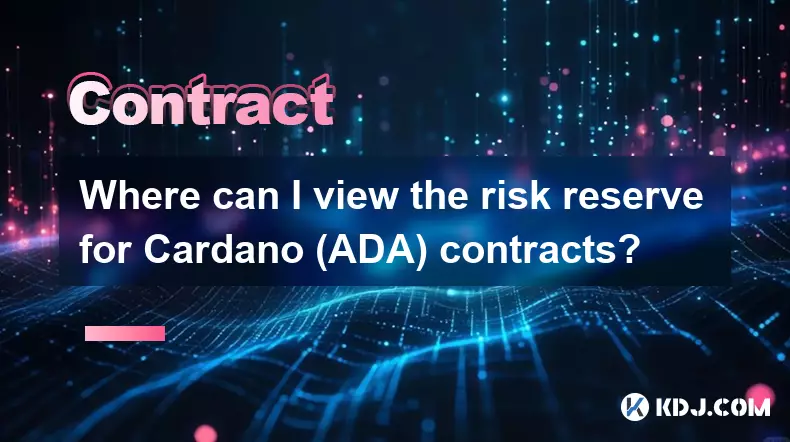
Where can I view the risk reserve for Cardano (ADA) contracts?
Sep 29,2025 at 09:19pm
Risk Reserve Overview in Cardano (ADA) Ecosystem1. The concept of a risk reserve within the Cardano blockchain does not align with traditional central...

How do I enable the "scalping-only" mode for Cardano (ADA) contracts?
Sep 24,2025 at 03:19am
Understanding Scalping Strategies in Crypto Derivatives1. Scalping in cryptocurrency trading refers to executing multiple short-term trades within min...

What is the settlement time for Cardano (ADA) contracts?
Sep 28,2025 at 04:18am
Understanding Cardano's Contract Settlement Mechanism1. Cardano operates on a proof-of-stake consensus model known as Ouroboros, which fundamentally i...

How do I add margin to Cardano (ADA) contracts?
Sep 27,2025 at 07:54pm
Understanding Margin in Cardano (ADA) Smart ContractsCardano operates on a proof-of-stake blockchain that supports smart contracts through its Plutus ...

What is the maximum leverage supported by Cardano (ADA) contracts?
Sep 30,2025 at 03:37am
Understanding Leverage in ADA Derivatives Trading1. Leverage in cryptocurrency futures and perpetual contracts allows traders to control larger positi...

How do I use the scheduled order feature in Cardano (ADA) contracts?
Sep 28,2025 at 10:18pm
Understanding Scheduled Orders in Cardano Smart ContractsCardano operates on a proof-of-stakes consensus mechanism and uses the Plutus scripting langu...

Where can I view the risk reserve for Cardano (ADA) contracts?
Sep 29,2025 at 09:19pm
Risk Reserve Overview in Cardano (ADA) Ecosystem1. The concept of a risk reserve within the Cardano blockchain does not align with traditional central...

How do I enable the "scalping-only" mode for Cardano (ADA) contracts?
Sep 24,2025 at 03:19am
Understanding Scalping Strategies in Crypto Derivatives1. Scalping in cryptocurrency trading refers to executing multiple short-term trades within min...

What is the settlement time for Cardano (ADA) contracts?
Sep 28,2025 at 04:18am
Understanding Cardano's Contract Settlement Mechanism1. Cardano operates on a proof-of-stake consensus model known as Ouroboros, which fundamentally i...

How do I add margin to Cardano (ADA) contracts?
Sep 27,2025 at 07:54pm
Understanding Margin in Cardano (ADA) Smart ContractsCardano operates on a proof-of-stake blockchain that supports smart contracts through its Plutus ...
See all articles

















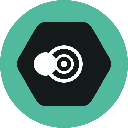
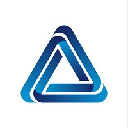
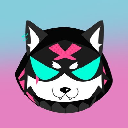






![[Pycoin] PI Coin -Shocking Listance of Pycoin?! 'Rebellion' This time ... Pay attention to #paikoin [Pycoin] PI Coin -Shocking Listance of Pycoin?! 'Rebellion' This time ... Pay attention to #paikoin](/uploads/2025/09/29/cryptocurrencies-news/videos/pycoin-pi-coin-shocking-listance-pycoin-rebellion-time-pay-attention-paikoin/68da82f23cec1_image_500_375.webp)















































